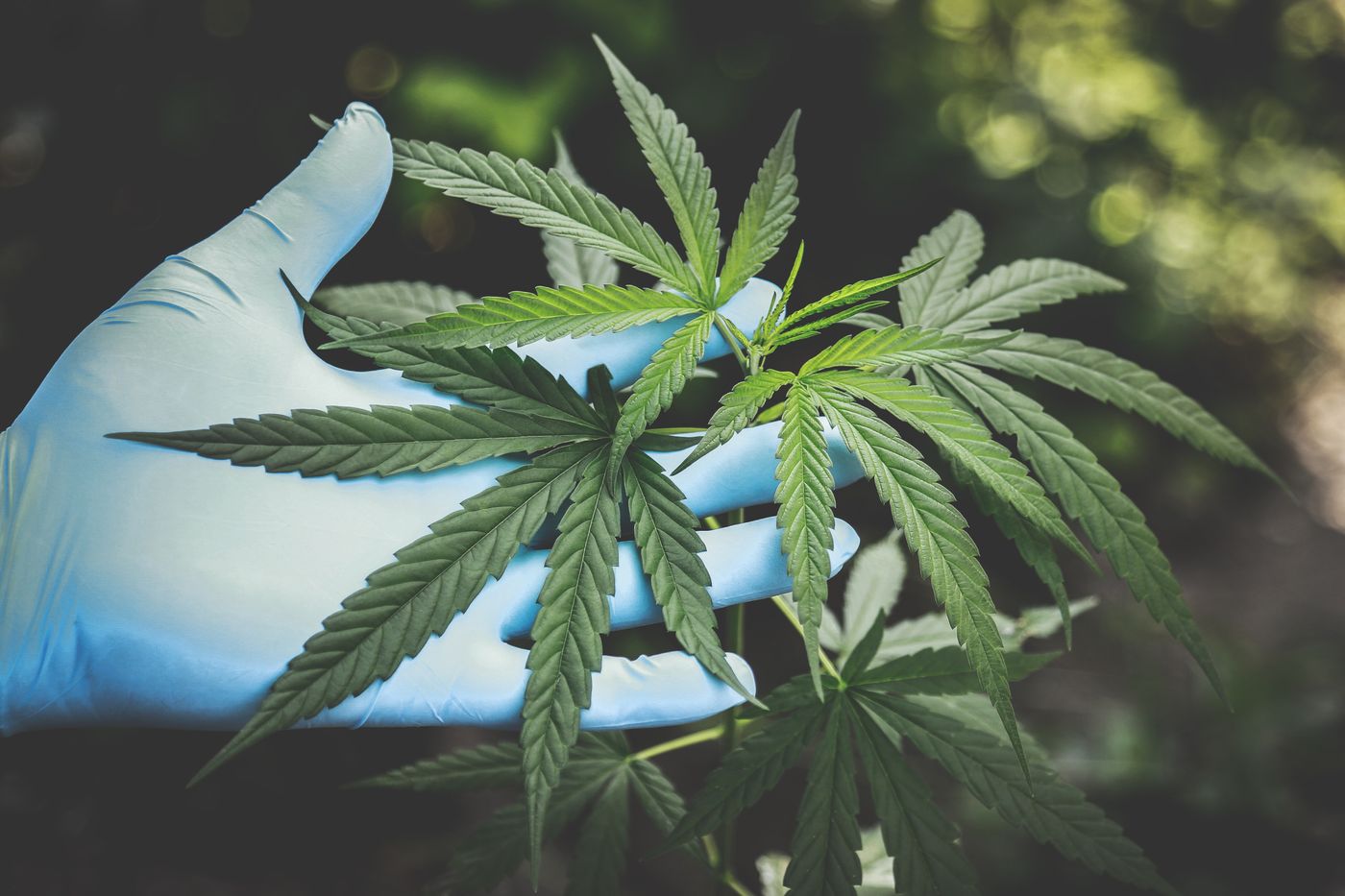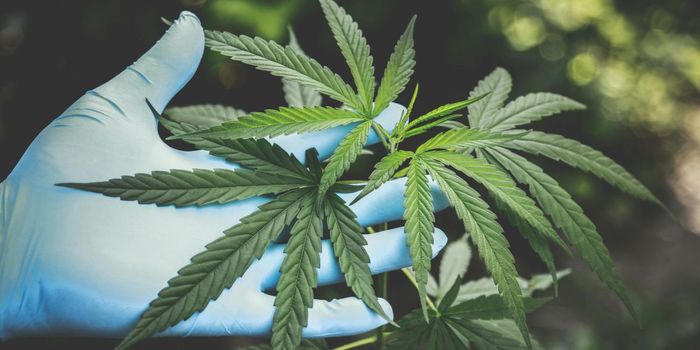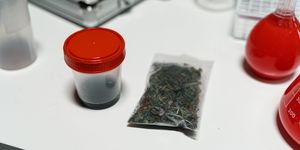Terpene-Mediated Modulation of Cannabinoid Activity
A popular theory – the “entourage effect” – has been gaining traction amongst the cannabis sciences community in recent years.
The entourage effect is a hypothesized phenomenon in which different combinations of phytocannabinoids (such as Δ9-tetrahydrocannabinol, THC; and cannabidiol, CBD) and terpenes (such as β-caryophyllene and β-myrcene) interact to generate unique, synergistic effects that are distinct from the effect of either compound alone.
However, experimental evidence supporting the entourage effect has been relatively limited within the field thus far. Notably, the in vivo physiological effects of these proposed interactions in both therapeutic and recreational contexts remains vastly understudied.
Of the two phytochemical families, cannabinoids have received more attention in functional and medical research investigations. Terpenes, on the other hand, have yet to be studied so extensively.
Accordingly, there has been a lack of research able to confirm a role for terpenes in modulating cannabinoid activity. Moreover, it remains uncertain as to whether individual terpenes can influence cannabinoid activity directly (via interaction with cannabinoid 1/2 receptors, CB1/2R) or indirectly.
So, do terpenes actually play a role in modulating cannabinoid activity?
Recent research suggests yes! But how do they do it?
Just months ago, researchers from a study published in Nature’s Scientific Reports were the first to demonstrate that terpenes interact with cannabinoids directly to generate an additive effect that enhances cannabinoid activity.
Using a combination of in vitro techniques and in vivo mouse model experiments, the study sought to interrogate the functional and modulatory effects of several predominant Cannabis sativa terpenes both individually and when combined with a known cannabinoid agonist.
The terpenes investigated in this study include α-humulene, geraniol, linalool, and β-pinene, which were selected based on their measured concentrations in C. sativa (with α-humulene, linalool, and β-pinene found at increased concentrations and geraniol found at a minimal concentration).
Experimental analyses of individual terpene interactions demonstrated that these terpenes can selectively modulate the activity of a synthetic cannabinoid (the canonical cannabinoid agonist, WIN55,212), implicating a role for terpenes in modulating biological phytocannabinoids.
Further in vitro experiments revealed that these specific terpenes targeted both cannabinoid and non-cannabinoid receptors, during which all terpenes were shown to activate CB1R, and some were also shown to activate additional receptors. This study is the first to identify CB1 and A2a as target terpene receptors.
These results indicate that not only are terpenes cannabimimetic – they are poly-pharmacological agents, too!
Although further functional studies will need to be conducted using biological phytocannabinoids to validate these findings, this study paves the way for a whole new realm in precision therapeutics. If further research is able to validate and hone in on which synergistic effects are produced by distinct phytochemical combinations, terpenes hold the potential to improve therapeutic efficacy by modulating cannabinoid activities: desired cannabinoid effects (such as the analgesic effects characteristic of CBD) could be enhanced, whereas unwanted side effects (psychoactive ‘high’ from THC) could be reduced.
Sources: Labroots; Nature’s Scientific Reports; Glosbe Dictionary









